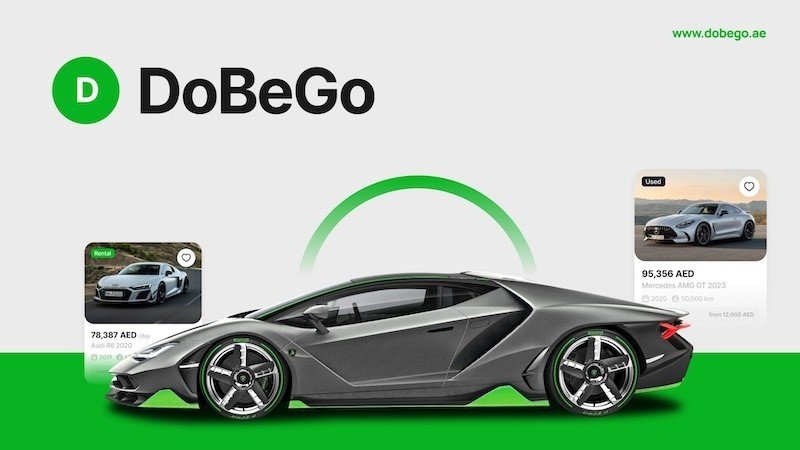Riyadh — Saudi Arabia’s e-commerce sector surged in July 2025, with mada card spending reaching SR29.86 billion ($7.96 billion), a year-on-year increase of 79.45 percent, according to new data from the Saudi Central Bank (SAMA). Online transactions rose 65.64 percent to 149.74 million, marking one of the strongest monthly performances on record.
The growth reflects two key dynamics: a youth-driven, always-online consumer base—70 percent of Saudis are under 35—and near-universal connectivity, with 33.9 million internet users and 99 percent penetration. Combined with national policy goals under Vision 2030, these factors are accelerating the shift to cashless payments.
Mada, Saudi Arabia’s national payment scheme, has been central to this momentum. It links all local banks to a unified system of ATMs, POS terminals, and e-commerce gateways. In 2024, electronic payments accounted for 79 percent of all retail transactions, surpassing the 70 percent target set for 2023 and outpacing Vision 2030 benchmarks.
Recent policy moves are reinforcing this trend. In July, SAMA launched a new e-commerce payments interface that simplifies onboarding, enables tokenization, and strengthens integration with global networks. Two months later, Google Pay and Google Wallet went live in the Kingdom via mada, joining Apple Pay and mada Pay to expand digital wallet adoption.
Structural shifts in consumer behavior are also evident. Research from Kearney highlights a “discounters era” where value-driven consumers seek promo-led, mobile-first shopping journeys, making frictionless payments a decisive factor in conversion. The World Economic Forum similarly noted MENA’s rise of super-app ecosystems bundling communications, commerce, and embedded finance, driving wider financial inclusion.
For merchants, this ecosystem means better economics of online selling. Tokenization boosts approval rates and reduces fraud, interoperable rails expand acceptance, and wallet proliferation shortens the path from discovery to purchase. Analysts argue that payments are no longer just infrastructure but a competitive differentiator.
Looking ahead, sustaining double-digit growth will depend on execution: rolling out SAMA’s new interface across banks and gateways, bolstering consumer protection, and ensuring seamless experiences across devices and platforms. With strong demand, robust policy backing, and global tech partnerships, Saudi Arabia’s e-commerce momentum looks set to continue.















